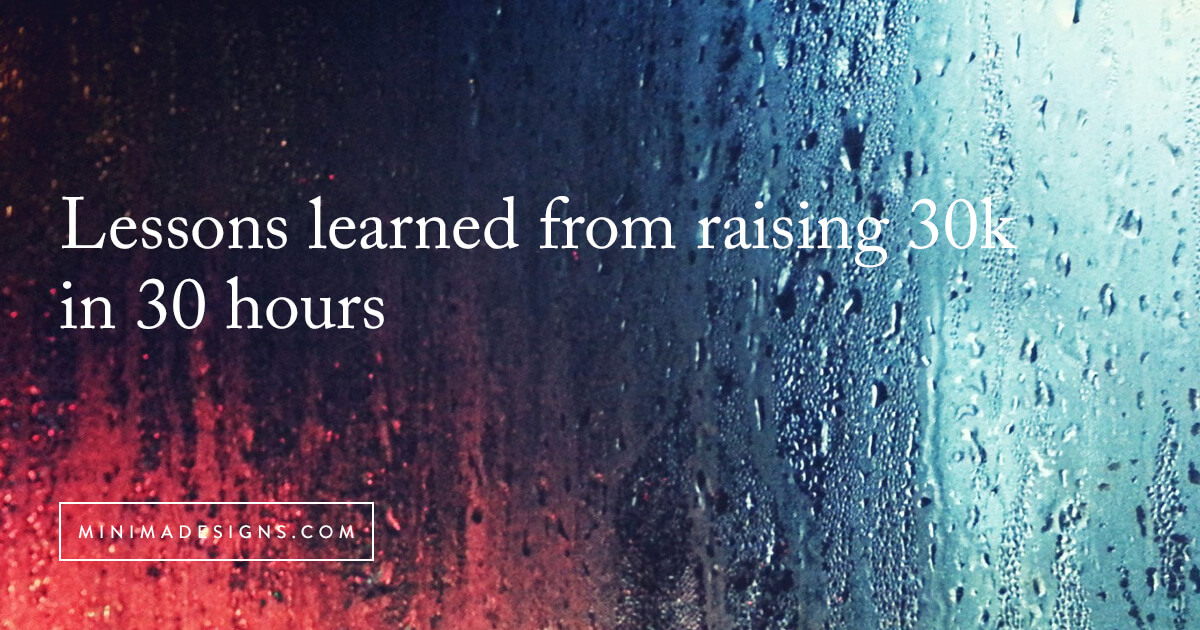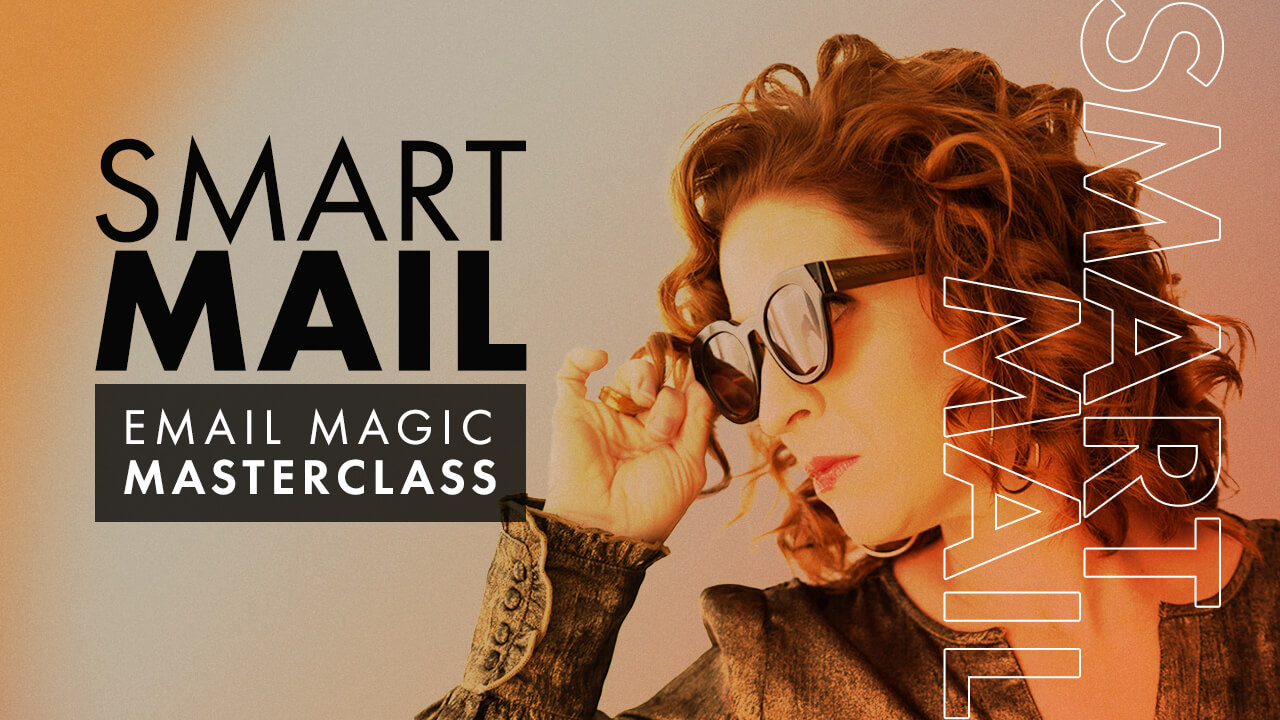
A reader wrote in saying that he didn’t have money for marketing. But guess what – you don’t need to spend a lot to market yourself!
The local non-profit I help with recently participated in an amazing citywide fundraising campaign. There wasn’t a huge budget to spend on marketing and promotion – but at the end of 36 hours, we had raised over $30,000 (enough to fund our outreach programs for the year).
Lesson 1: You don’t need to spend a lot of money to communicate your message
We run a pretty tight ship – and try to stretch every dollar. You don’t need to spend a lot of get people to notice you!
Here’s what we used to get our message out there:
- our newsletter list
- social media accounts (instagram / facebook)
- promo video about the event that replaced our standard home page
Not everyone is going to see your info in one place – so hitting all three locations makes sure that our regular website visitors, newsletter readers and social media followers were all aware of this promotion.
Here’s how we created promotional materials on a budget
- printed materials (postcards we could hand out at our outreach events)
- stickers (great, inexpensive takeaway that we can hand out at events) – I love stickermule for making custom stickers
- simple facebook graphic that we had all of our member change their profile to
Total spent? Under $150 – and the stickers can be reused in the future since they aren’t date specific.
Lesson 2: Don’t worry about communicating too often
Sometimes my clients will worry that they’re sending out too many emails or doing too much Facebook promotion.
This particular organization is like many others in that it typically sounds out a monthly newsletter. For this event we sent 6 emails in just as many days – and guess what, not only was our open rate fairly consistent, we actually added several hundred people to our list with minimal unsubscribes.
Here’s how we deviated from our normal communication for greatest impact:
- emails used a super simple, clean template that was mobile-friendly
- emails were short (less than 3 paragraphs) with one simple call to action button
- emails were sent at strategic intervals before, during and after the fundraising period
- after each donation we immediately sent a personalized email to each donor thanking them
With a simple, clear message and direct call to action – we were easily able to track not only open rate but response rate to see that it was working. I can’t emphasize enough how people responded to the personalized connections.
Lesson 3: People want to feel like they’re part of something bigger
We continually updated our FB feed, newsletters and websites with the donation total. People thrive on excitement – and we saw great responses whenever we updated the totals. Even my mom made a donation when she saw my continued posting on how close we were to breaking our record!
Running a timed course or promotion? Let people know that other people have joined in – people don’t want to feel like they’re missing out.
Lesson 4: Plan for what you want
This particular fundraiser featured various monetary prizes that were handed out throughout the day. We strategically chose which prizes we felt we had the best chance of earning and devoted manpower to those prizes. Rather than simply post on a website what we wanted people to do, we setup FB groups where people were assigned tasks – the extra layer of communal accountability (for example, one prize required a group to get up and make a donation at 6am) made people take action. Rather than trying to go for every prize, we selected three that we had the best chance of winning – and we won all three!
I saw other groups that tried to get every prize – and as a result, didn’t get any – communication was scattered and overwhelmed users so they took no action. Be specific with your intention – what do you want to accomplish with your promotion – and ask for it! We told everyone our goal was 25k – and people were excited to help us meet our goal.

Great video Michelle & your tips have got me thinking. Thank you!
Glad to hear!